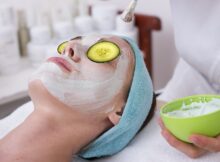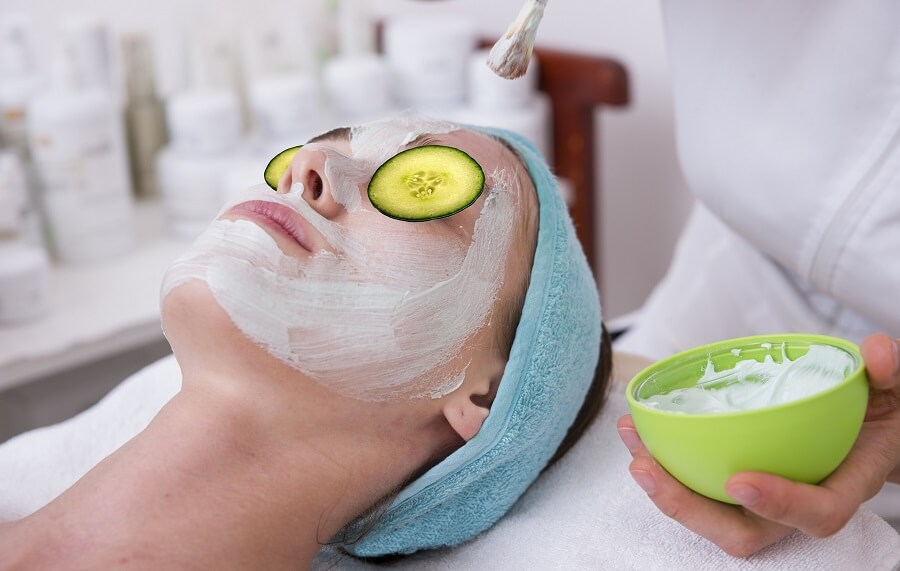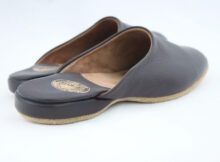Most people, even those who are not interested in beauty products or cultivating a beauty routine, know what a moisturizer is. They are pretty much ubiquitous in skincare. Whether they are in a jar or a tube, you can easily recognise and pick them out. Although some people might think that skincare is a modern discovery, it has actually been historically used in many cultures. It was even said that the ancient Egyptians bathed in milk to help moisturize the skin.
However, with a vast array of moisturizers on the shelves, it can be hard to pick the right one for you. Moreover, a majority of people do not know how to use moisturizers effectively and correctly. Read on for expert tips to make sure your skin remains supple and flexible even when you age.
What are Moisturizers
Interestingly, there is not one definition of what a moisturizer is. The term was created by marketers, who wanted to promote the product by highlighting its function – to hydrate the skin. On the whole, though, moisturizers and moisturizing creams are either lotions, creams, ointments or balms that moisten the surface of the skin. They do this in two ways – either by creating a temporary barrier to trap moisture in your skin or by restoring lost moisture on your skin’s outer layers. Most moisturizers are made up of ingredients such as hyaluronic acid, glycerin, ceramides, and petrolatum.
Hyaluronic acid helps to boost the skin’s moisture level in addition to trapping water in the skin, whereas petrolatum helps to form a protective seal. Glycerin can fill in skin gaps and smooth roughness, while ceramides protect your skin from irritants and pollutants. As moisturizers are formed with a combination of these substances, it is best to pick one based on your skin type or needs.
Benefits of Moisturizers
So, what are the benefits of using moisturizers? They are often recommended when starting a skincare routine, but have you ever thought of the reason why? Here are a few of the main reasons why people use moisturizers below:
Anti-Ageing: Moisturizers can make wrinkles appear less prominent, giving the impression that you look younger. According to research, people who properly use moisturizers accumulate fewer wrinkles compared to those who do not. Moreover, moisturizers can give your skin a healthy glow, that makes it appear youthful, plump and firm, regardless of what age you are.
Prevent Dry Skin: Another major benefit, moisturizers, if used well, can prevent moisture loss as well as hydrate the skin. This is because environmental factors can suck the water out of your skin – and this phenomenon is exacerbated by indoor heaters or air conditioning. Dry skin also leads to cracks – which can allow bacteria and microbes to enter your body. To avoid that, be sure to use moisturizers in your skincare routine.
Prevent Skin Problems and Acne: Aside from dry skin, other skin problems can arise, such as acne and severe eczema. These irritations can further damage or scar the skin, meaning that you will not look your best. If your skin is sensitive, be sure to look for products that have soothing ingredients such as aloe vera, honey, and chamomile, for instance.
Protect from UV Radiation: It cannot be stated enough – when going outside, always protect yourself from the sun! Exposing yourself to high amounts of UV radiation can severely damage your skin –leading to sunburn, in addition to increasing your risk of getting skin cancer. Even in colder months or cloudy weather, it’s important to use products with high SPF. Fortunately, most moisturizers come with sun protection nowadays, so you can get a two-in-one package!
Tips to Moisturizing
While moisturizing your skin seems like a simple enough task, you might be surprised to find out that there may be things you could be doing better. With a few small improvements to your skincare routine, you can be sure your skin remains soft and smooth, even throughout the colder winter months.
-
Shop the Correct Type
With so many choices on shelves, picking one suited for you can be difficult. So, it is always smart to choose a moisturizer that does well with your skin type. For instance, if you often have dry skin, a moisturizing cream might be the best choice, because its thickness means it takes longer to dry out your skin. If you have sensitive skin, make sure to choose one without artificial fragrances that could irritate. For those with oily skin, you might pick a water-based and non-greasy moisturizer, to prevent any acne breakouts.
-
Layer Carefully
Rather than lathering everything all at once, experts recommend it is best to do things layer by layer. The general rule of thumb is to start with products that have the thinnest consistency and move your way up. So, in this case, serums go first, followed by oils, and then creams. However, suncream tends to be the only exception – you always apply it last.
-
Be Aware of Time and Actions
Although most people moisturize in the morning before work, there are other times you can do so too. For instance, after a hot shower, most of your skin’s moisture will have evaporated, so this is an optimal time to apply these products. You also want to put on moisturizers when your skin is slightly moist, but not too wet, as it is the best way to lock in water on your skin without sliding off.
-
Measuring Should be Personal
Surprisingly, there is no exact measurement when it comes to applying moisturizers, as each body and skin type is different. This means that your skincare routine has to be tailored to you – usually through trial and error. That being said, a rule of thumb is to be aware of how much product you are using – if you cannot rub in all your moisturizer, you have most likely used too much. Vice versa, if you find it hard to spread the lotion around, you need to use more.
-
Apply Upwards
Because aging and gravity pull your skin down, experts advise you to apply moisturizer upwards. Make sure to use gentle massaging techniques, instead of pressing or pulling on your skin. If you handle your skin roughly, it will end up irritating and inflaming it. Gentle massages also help to improve blood circulation, decrease puffiness, and allow your skin to absorb as much moisturizer as possible.
-
Don’t Neglect Other Parts
Although most skincare routines focus primarily on the face, there’s no reason it must end there. In fact, it’s suggested that you keep using the same product on your neck, chest and hands. This is because all these areas show the most signs of aging. Neck skin is also made of different cell compositions – which is why it is rare to find pimples there – but it is also thinner and more prone to wrinkling. Therefore, most dermatologists advocate applying moisturizer on your neck, otherwise, the skin on your upper body might end up looking a little bit uneven!






Recent Comments